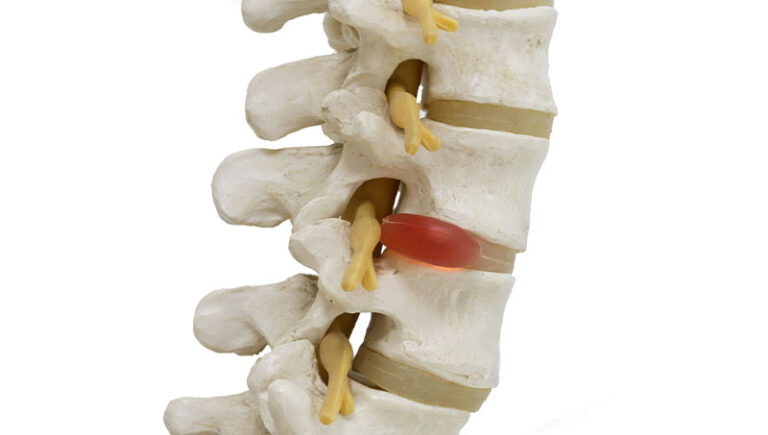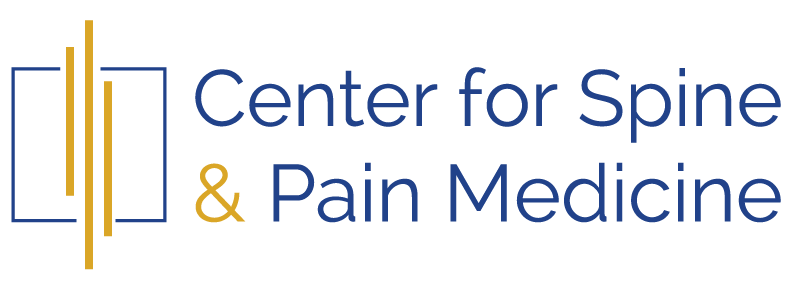
22 Aug WHAT IS A HERNIATED DISC?
Types, Symptoms, Risks & Prevention
A disc is a soft tissue made of cartilage that sits between the vertebrae. It acts as a shock absorber and allows for mobility of the spine. When the discs are damaged, the result can be back pain. Herniated discs occur when the soft gelatinous center of an intervertebral disc herniates through an outer ring of cartilage or ligament and presses on nerve roots or spinal cord.
A herniated disc can cause short-term or long-term problems with your daily life depending on how severe it is and where it has occurred. Treatment options vary depending on the severity of the problem to provide relief from pain or other symptoms associated with a herniated disc.
The most common site of a disc protrusion is between the fourth and fifth lumbar vertebrae (L4-5). The protruding disc can put pressure on nearby nerves, causing radiating pain down the back of your thigh or calf and numbness or weakness in your leg.


